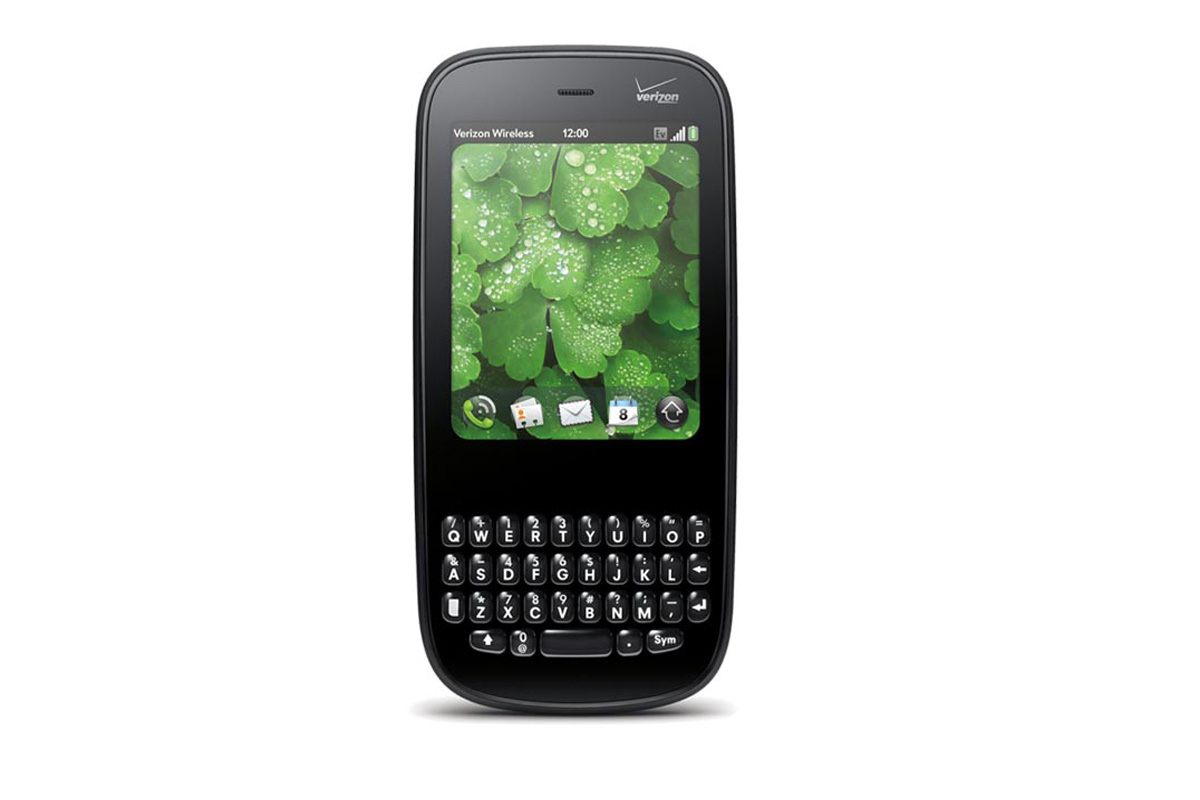Palm Pixi Plus review
Does the Palm Pixi have something to offer business users or is it just a pretty face? We find out in this review.

A pretty little phone with some good features for businesses and surprisingly competent web browsing, but poor battery life and a high price sours its otherwise demure appearance.
In addition to the obligatory Facebook, Gmail, and Yahoo integration, the Pixi is also able to offer Microsoft Exchange synchronisation.
And it does so elegantly too: as with BlackBerrys, email, contacts and calendar can all be viewed by account, or all in one view, allowing users to keep work and personal lives separate when away from the office, and in one place during work hours.
IT managers, meanwhile, will be pleased to discover that webOS not only synchronises content for end users, but also allows the enforcement of some Exchange policies such as remote wipe, screen lock timeout length and password strength.
So far so good, but there's a problem in store. And a serious one at that: battery life. We're used to seeing smartphones die after a day of hard use, but the Pixi Plus is something else, consistently running dry short of a single day's use.
We ran a controlled conditions test to complement our informal findings: with the phone using its 3G connection we made a 30-minute phone call, streamed a 50MB podcast through a pair of headphones and forced the screen on for an hour. Then we left the phone synchronising with a single Gmail account. The intention was to record how much capacity was left after a 24-hour period, but again the Pixi didn't make it. Compared with the competition it's woeful: most other smartphones manage 50 per cent or even more in similar circumstances.
If you're in a situation where you can use Wi-Fi most of the time, we'd recommend you leave it switched on, as this markedly boosts the Pixi Plus' stamina. We managed to eke it out to around a day and a half, even with a fair amount of web browsing. Alas, many corporate users may find they cannot do even this. With no support for proxy servers, this little phone will find itself unable to connect to the internet in many situations.
Get the ITPro daily newsletter
Sign up today and you will receive a free copy of our Future Focus 2025 report - the leading guidance on AI, cybersecurity and other IT challenges as per 700+ senior executives
-
 CyberOne appoints Microsoft’s Tracey Pretorius to its advisory board
CyberOne appoints Microsoft’s Tracey Pretorius to its advisory boardNews The threat intelligence leader will provide strategic guidance to CyberOne’s executive team
By Daniel Todd Published
-
 CISA issues warning in wake of Oracle cloud credentials leak
CISA issues warning in wake of Oracle cloud credentials leakNews The security agency has published guidance for enterprises at risk
By Ross Kelly Published
-
 Reports: White House mulling DeepSeek ban amid investigation
Reports: White House mulling DeepSeek ban amid investigationNews Nvidia is caught up in US-China AI battle, but Huang still visits DeepSeek in Beijing
By Nicole Kobie Published